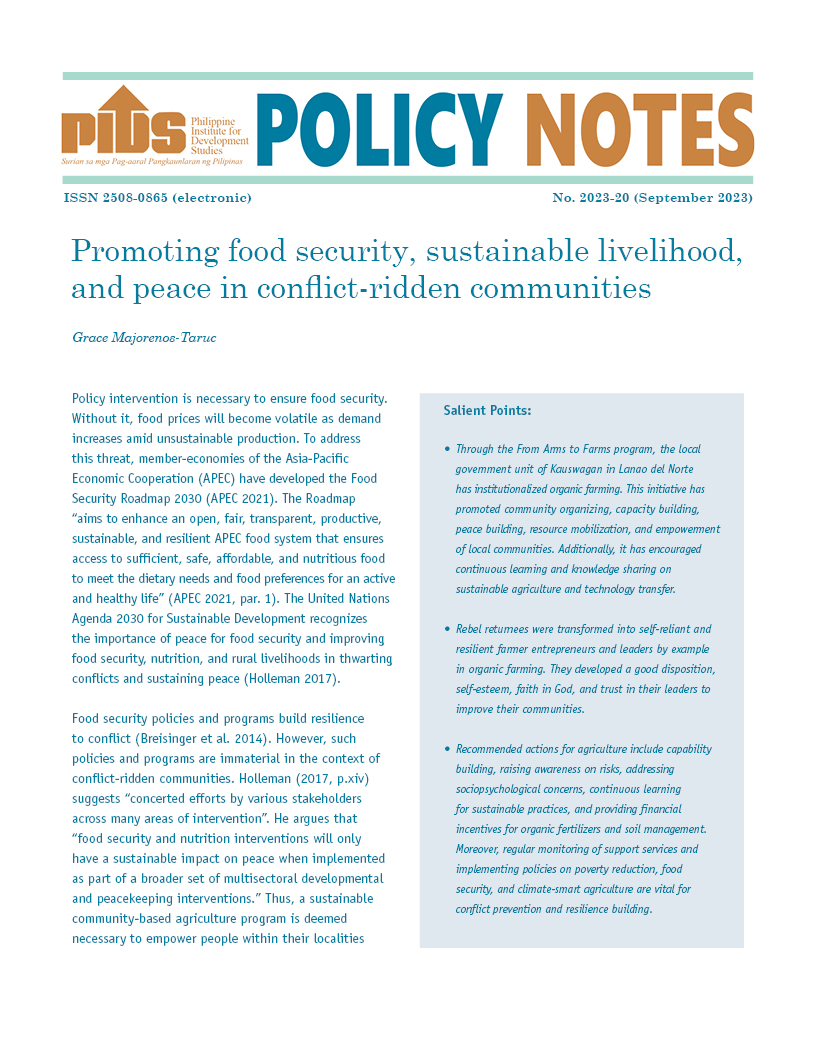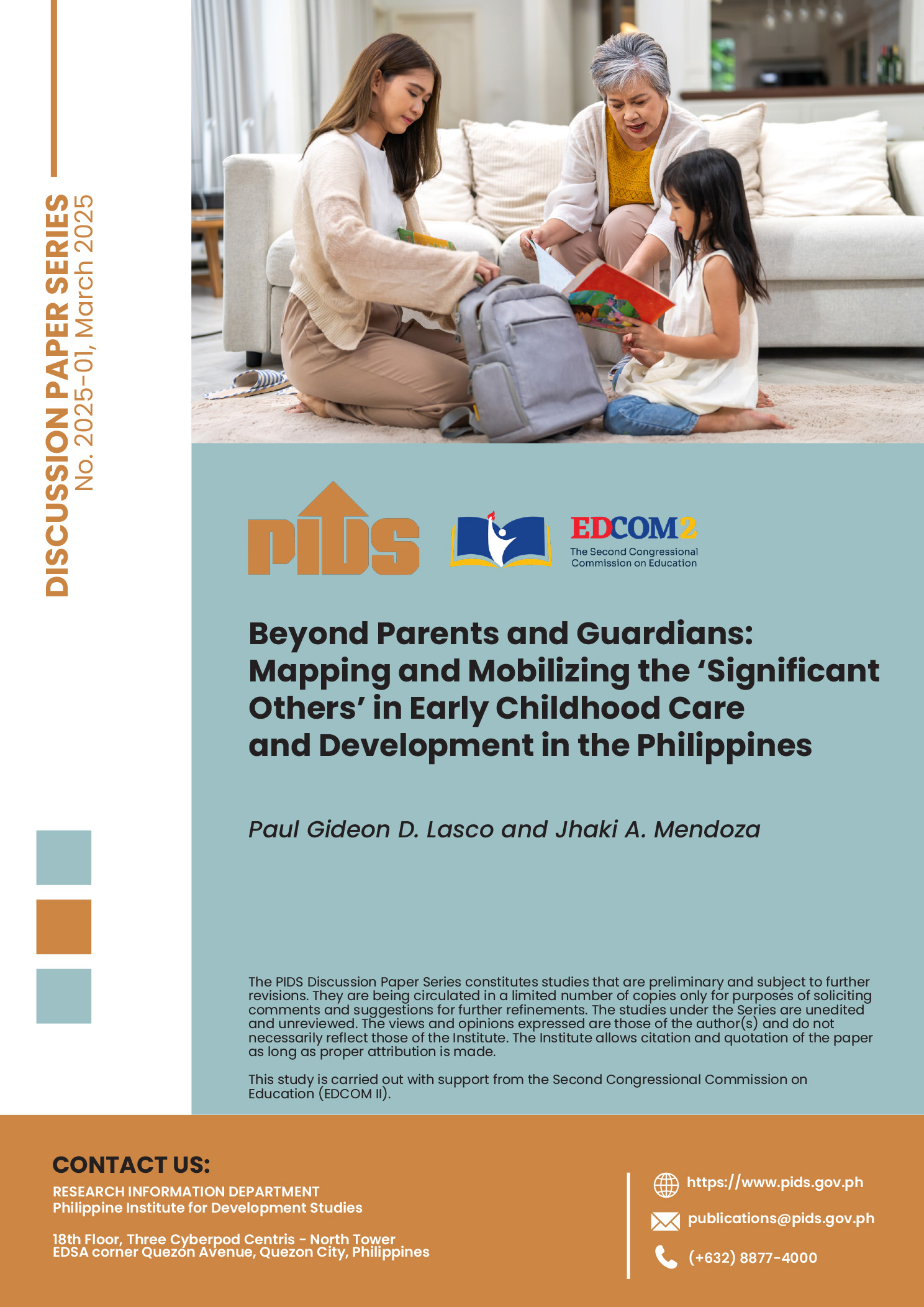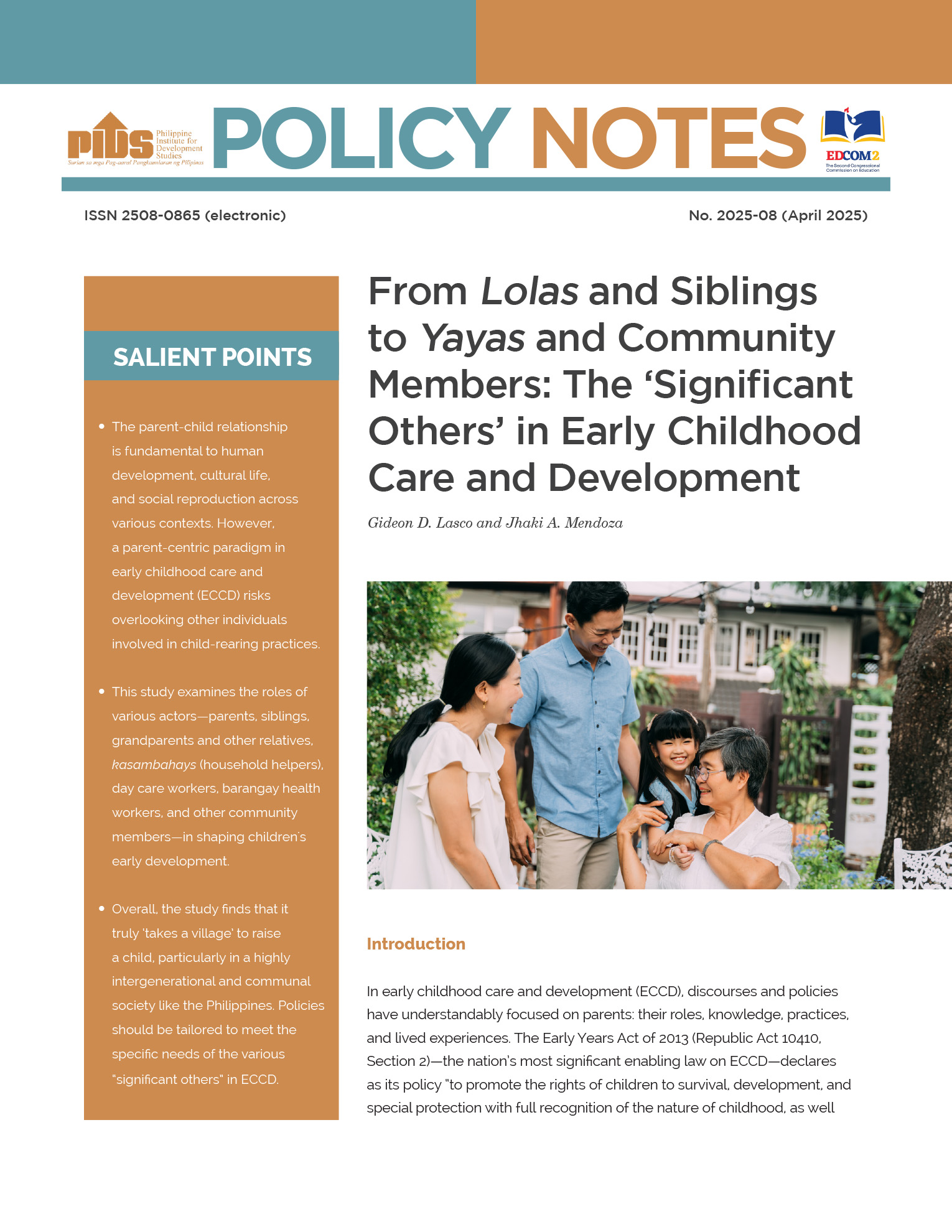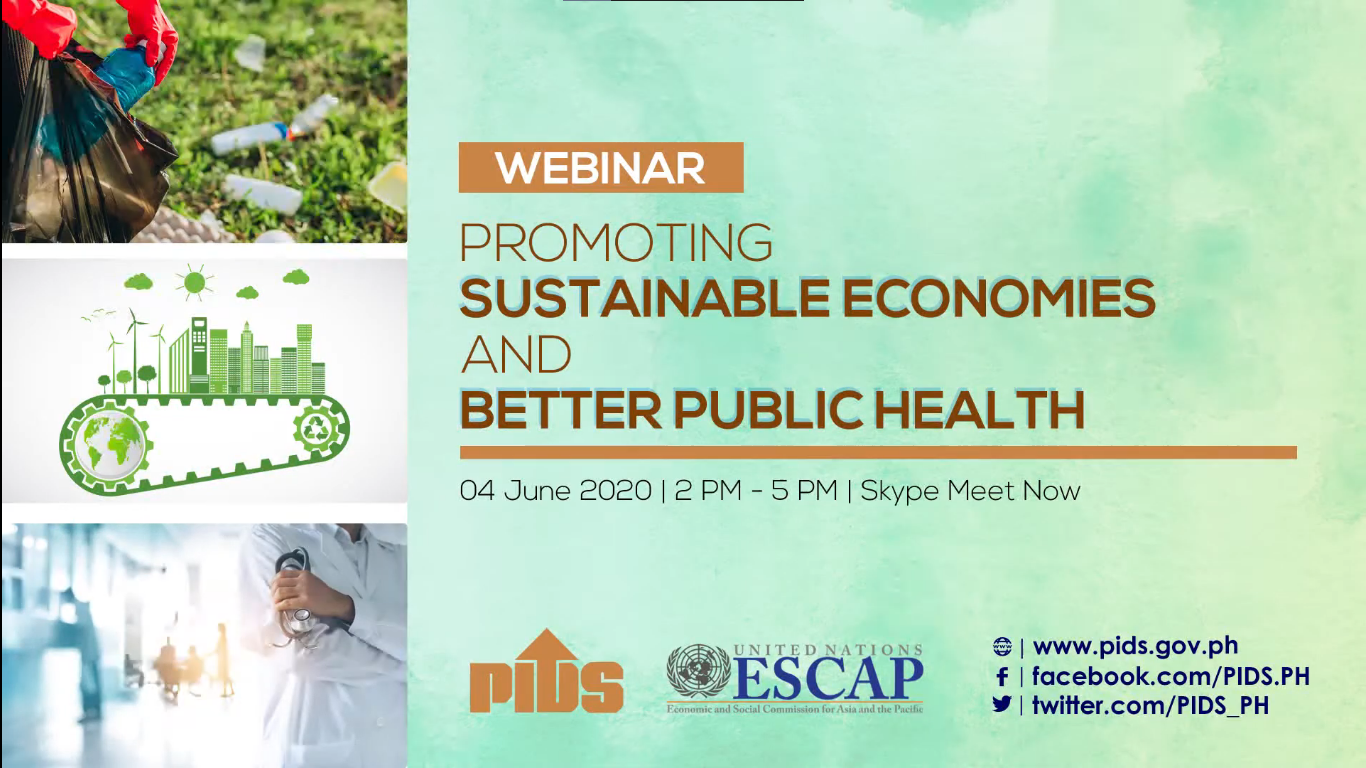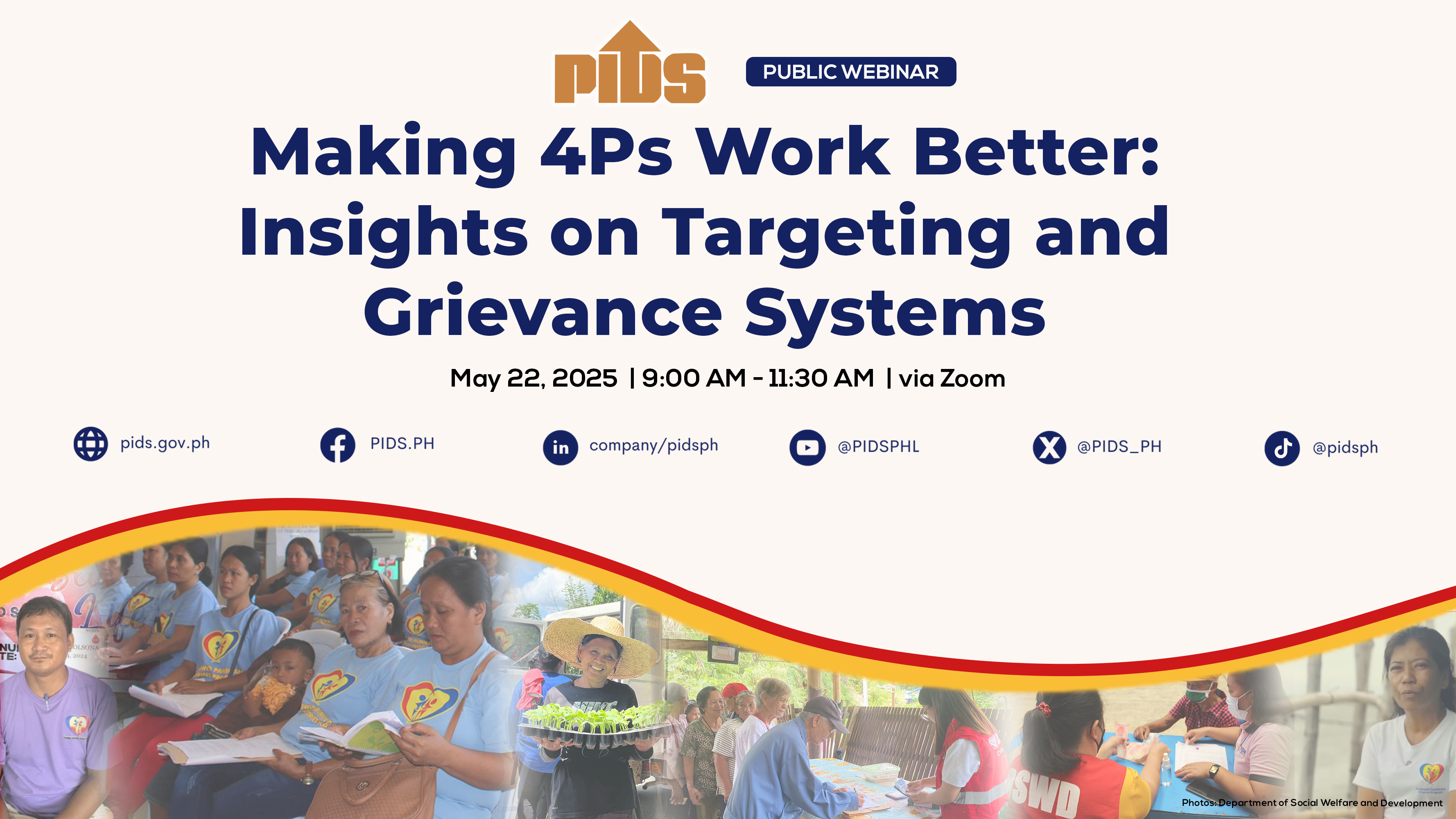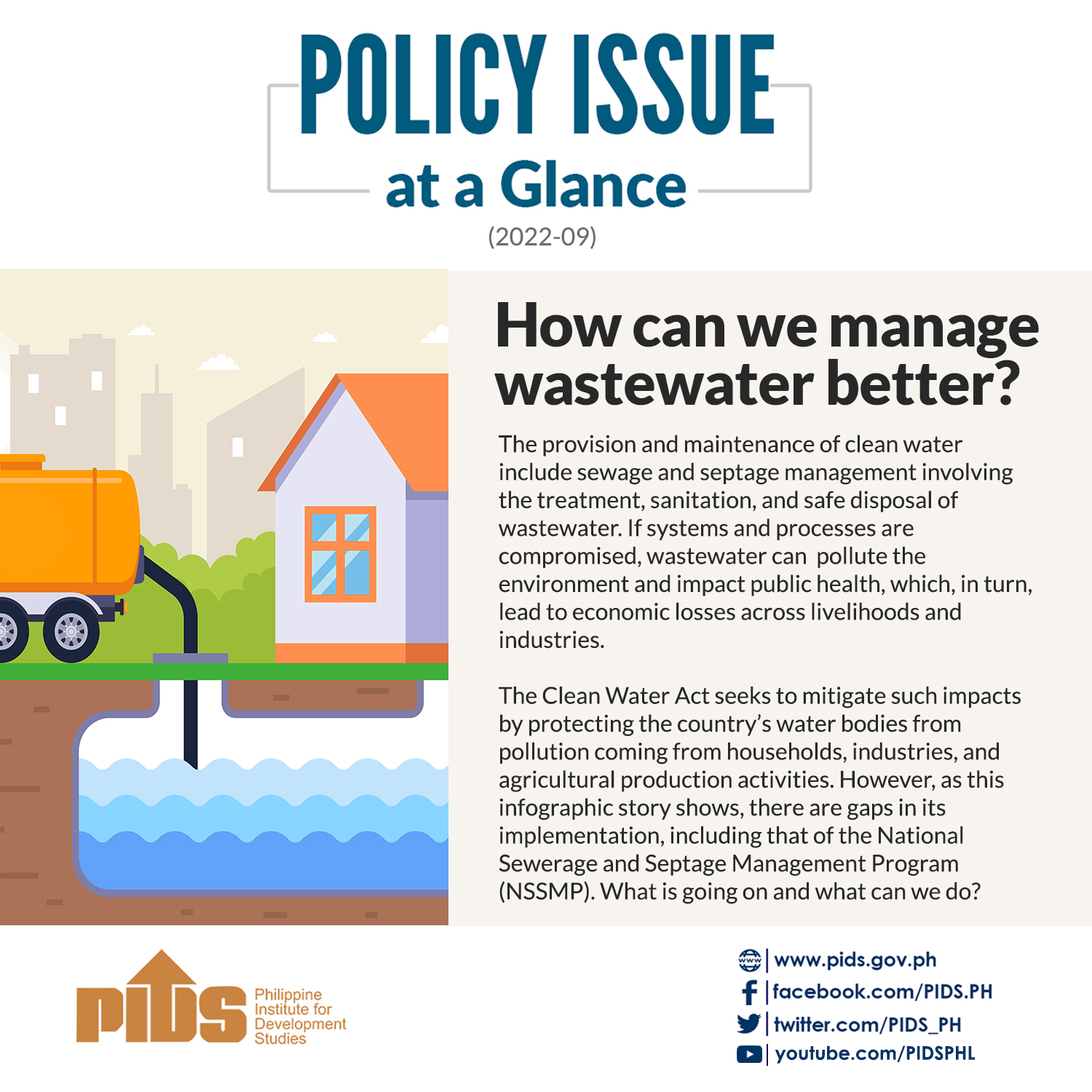THE farm sector may have outperformed industry and services in the second quarter but will still post a contraction in growth, according to a research fellow from the Philippine Institute for Development Studies (PIDS).
In a presentation in a webinar organized by the Ateneo Center for Economic Research and Development (ACERD), PIDS Research Fellow Roehlano M. Briones said farmers he recently interviewed had told him their incomes increased during the pandemic.
Briones said this may be enough to place the farm sector in a better position than Industry and Services in the second quarter when the economy was at a standstill.
“The growth will not be positive. But it will have the least contraction among sectors. Overall, incomes of farmers are not expected to increase,” Briones told BusinessMirror via SMS over the weekend.
Despite the uneven increase in incomes among farmers, which translates to better agriculture sector growth in the second quarter, prospects remain bright for the farm sector, Briones said.
Farmers selling fruits and vegetables especially benefited from the boom in e-commerce during the pandemic. This, he explained, is the basis of his positive outlook for agriculture in the country.
The PIDS Research Fellow said the pandemic has shown that food is essential to households and that they would cut their expenses for other things before their food expenses.
“Agribusiness is an investment option with bright prospects while also giving jobs, reducing poverty, and building the nation,” Briones said.
He said the agriculture sector has been improving, particularly in wages. Briones said wages increased by 24 percent between 2009 and 2018.
This, he said, is part of the government’s success in reducing poverty between 2015 and 2018. Data showed the country’s poverty rate was reduced to 16.7 percent in 2018 from 23.5 percent in 2015.
In 2018, Philippine Statistics Authority (PSA) data showed there were a total of 17.67 million poor Filipinos, a reduction of 6 million Filipinos from the 23.68 million recorded in 2015.
Briones said that 35 percent of all workers in the country are in agriculture. This translates to as much as 62.4 percent of poor households engaged in agriculture.
Some of the factors for why many remain poor in agriculture, Briones said, are the fragmented land resources. Most farmlands are divided into small parcels, which stymies higher production.
The sector, he said, is also dominated by smallholders and small fisherfolk; plagued by weak linkages with value chains; and lacking in investments.
Briones said investments are particularly lacking in farm-to-market roads; irrigation facilities; services, particularly storage and logistics; downstream process; and technology infrastructure, among others.
In a presentation in a webinar organized by the Ateneo Center for Economic Research and Development (ACERD), PIDS Research Fellow Roehlano M. Briones said farmers he recently interviewed had told him their incomes increased during the pandemic.
Briones said this may be enough to place the farm sector in a better position than Industry and Services in the second quarter when the economy was at a standstill.
“The growth will not be positive. But it will have the least contraction among sectors. Overall, incomes of farmers are not expected to increase,” Briones told BusinessMirror via SMS over the weekend.
Despite the uneven increase in incomes among farmers, which translates to better agriculture sector growth in the second quarter, prospects remain bright for the farm sector, Briones said.
Farmers selling fruits and vegetables especially benefited from the boom in e-commerce during the pandemic. This, he explained, is the basis of his positive outlook for agriculture in the country.
The PIDS Research Fellow said the pandemic has shown that food is essential to households and that they would cut their expenses for other things before their food expenses.
“Agribusiness is an investment option with bright prospects while also giving jobs, reducing poverty, and building the nation,” Briones said.
He said the agriculture sector has been improving, particularly in wages. Briones said wages increased by 24 percent between 2009 and 2018.
This, he said, is part of the government’s success in reducing poverty between 2015 and 2018. Data showed the country’s poverty rate was reduced to 16.7 percent in 2018 from 23.5 percent in 2015.
In 2018, Philippine Statistics Authority (PSA) data showed there were a total of 17.67 million poor Filipinos, a reduction of 6 million Filipinos from the 23.68 million recorded in 2015.
Briones said that 35 percent of all workers in the country are in agriculture. This translates to as much as 62.4 percent of poor households engaged in agriculture.
Some of the factors for why many remain poor in agriculture, Briones said, are the fragmented land resources. Most farmlands are divided into small parcels, which stymies higher production.
The sector, he said, is also dominated by smallholders and small fisherfolk; plagued by weak linkages with value chains; and lacking in investments.
Briones said investments are particularly lacking in farm-to-market roads; irrigation facilities; services, particularly storage and logistics; downstream process; and technology infrastructure, among others.

